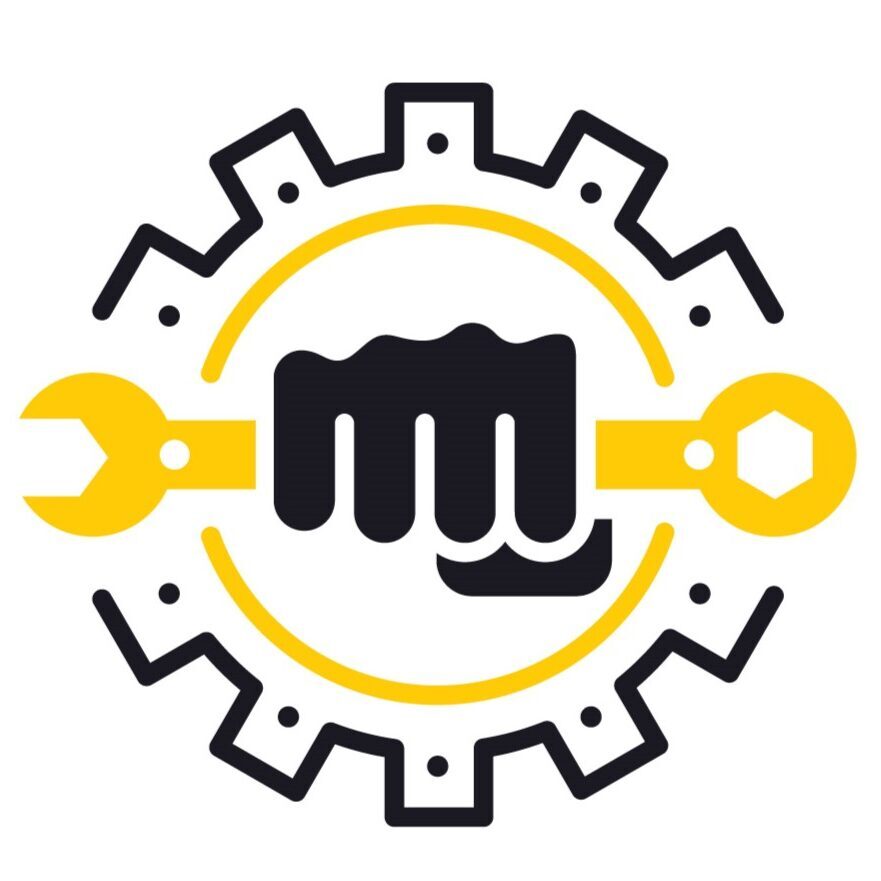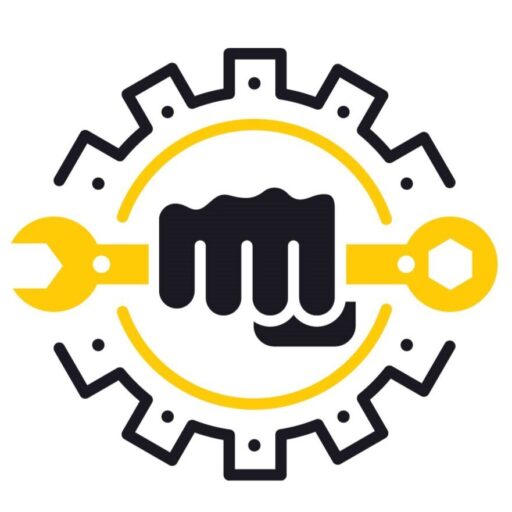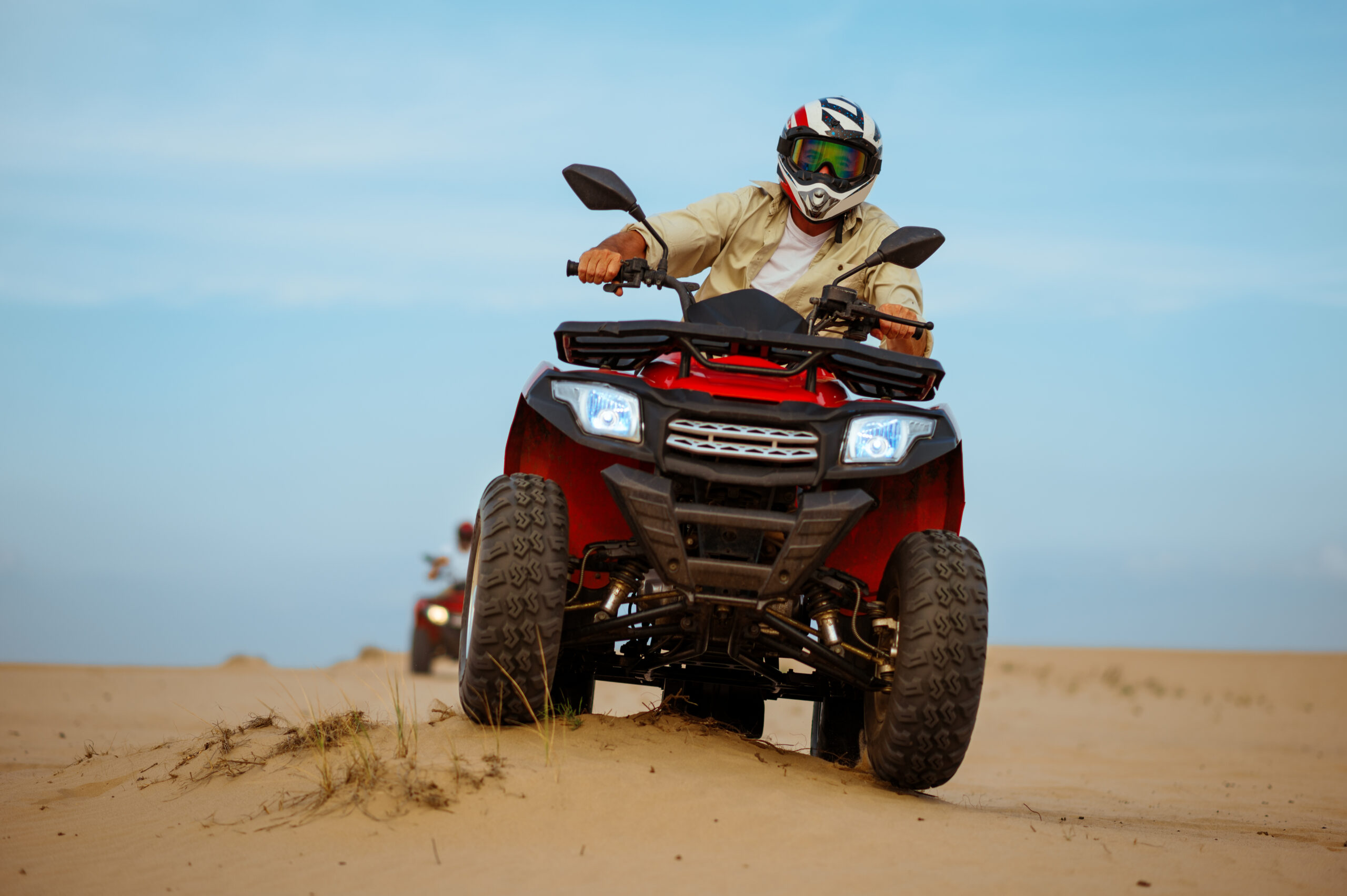Are you facing issues with your Kawasaki ATV? Don’t worry you’re not alone! From engine troubles to brake problems, Kawasaki ATV problems can happen to anyone.
In this guide, we’ll cover the top 11 common issues and how to fix them easily.
Whether you’re a beginner or a seasoned ATV rider, these solutions will keep your ride smooth and trouble-free!
Kawasaki ATV Problems (Short Overview)
Kawasaki ATVs are known for their durability, but like any vehicle, they can face issues.
Common problems include engine trouble, transmission issues, and electrical faults.
Regular maintenance and timely repairs can keep your Kawasaki ATV running smoothly.
If you’re experiencing any issues, address them quickly to avoid bigger repairs later.

Read 11 Common Problems With Fixes In Easy Ways …
1. Engine Overheating
One common issue with Kawasaki ATVs is engine overheating, which can lead to serious performance problems if not addressed quickly.
Causes of Engine Overheating
- Low coolant levels or leaks in the cooling system
- Dirt or debris blocking the radiator airflow
- Overloading the ATV during heavy use
Fixes for Engine Overheating
- Check and refill the coolant regularly
- Clean the radiator to ensure proper airflow
- Avoid overworking the engine during rides
2. Starter Failure
A common issue with Kawasaki ATVs is starter failure, which can prevent the engine from starting properly.
Causes of Starter Failure
- Weak or dead battery
- Worn-out starter motor
- Loose or damaged wiring connections
Fixes for Starter Failure
- Check and recharge or replace the battery
- Inspect and repair the wiring
- Replace the starter motor if needed
3. Transmission Noise
If you’re hearing unusual transmission noise while riding your Kawasaki ATV, it could signal an issue with the drivetrain.
Causes of Transmission Noise
- Low or dirty transmission fluid
- Worn or damaged gears
- Misaligned transmission components
Fixes for Transmission Noise
- Check and refill or replace transmission fluid
- Inspect gears for wear and replace if necessary
- Ensure proper alignment of transmission parts
4. Fuel System Leaks
Fuel system leaks are a common issue with Kawasaki ATVs and can lead to serious performance problems or safety risks.
Causes of Fuel Leaks
- Worn-out or cracked fuel lines
- Loose clamps or connections in the fuel system
- A damaged or leaking fuel tank
Fixes for Fuel System Leaks
- Inspect and replace damaged or cracked fuel lines
- Tighten any loose connections or clamps
- Repair or replace the fuel tank if leaks persist
5. Battery Draining
One common problem with Kawasaki ATVs is battery draining, which can leave you stranded unexpectedly.
Causes of Battery Draining
- Faulty alternator or charging system
- Old or weak battery that can’t hold a charge
- Leaving headlights or other devices on
Fixes for Battery Draining
- Check and replace the alternator or charging system if needed
- Test the battery and replace it if it’s not holding a charge
- Always turn off lights and electrical devices when the ATV is not in use
6. Brake Malfunction
One common issue with Kawasaki ATVs is brake malfunction, which can make rides unsafe and difficult to control.
Causes of Brake Malfunction
- Worn brake pads
- Leaks in brake lines
- Low or contaminated brake fluid
Fixes for Brake Malfunction
- Replace worn brake pads immediately
- Inspect and repair or replace damaged brake lines
- Refill or flush the brake fluid to ensure proper function
7. Suspension Stiffness
One common issue Kawasaki ATV owners face is stiff suspension, which can make rides uncomfortable and harder to handle on rough terrain.
Causes:
- Suspension settings not adjusted for rider weight or terrain
- Worn or damaged shocks and springs
Fixes:
- Adjust the suspension settings to match your weight and riding conditions
- Replace worn-out shock absorbers or springs with new ones
8. Ignition Troubles
Experiencing ignition problems with your Kawasaki ATV can be frustrating, especially when you’re ready for an adventure.
These issues often include the engine not starting, weak sparks, or intermittent power.
Causes of Ignition Problems
- Faulty ignition switch or key
- Worn-out or damaged spark plugs
- Dead or weak battery
- Loose or corroded wiring connections
Fixes for Ignition Problems
- Replace the ignition switch if it’s malfunctioning
- Inspect and replace worn spark plugs
- Charge or replace the battery
- Clean and tighten all wiring connections
9. Electrical Shortages
Electrical problems are a common issue for Kawasaki ATVs, often caused by faulty wiring, weak batteries, or damaged connections.
These issues can lead to inconsistent starts, flickering lights, or sudden power loss while riding.
Common Causes of Electrical Shortages
- Damaged or loose wiring
- Corroded battery terminals
- Faulty fuses or connectors
How to Fix Electrical Shortages
- Check and tighten all wiring connections
- Clean or replace corroded battery terminals
- Inspect and replace blown fuses if necessary
10. Poor Acceleration
If your Kawasaki ATV is struggling with poor acceleration, it can ruin the entire riding experience.
This issue often shows up as a delay or lack of power when you press the throttle, making it hard to get the speed you need for trails or work.
Understanding the causes and fixes can help you get back to smooth, powerful rides.
Causes of Poor Acceleration
- Clogged air filter restricting airflow
- Dirty or malfunctioning carburetor
- Worn-out spark plugs causing weak ignition
- Fuel delivery problems, like a clogged fuel filter
Fixes for Poor Acceleration
- Clean or replace the air filter regularly
- Inspect and clean the carburetor to ensure proper fuel-air mix
- Replace old spark plugs for better ignition
- Check the fuel system and replace clogged filters if needed
11. Tire Wear
Tire wear is a common problem many Kawasaki ATV owners face. Uneven or excessive tire wear can impact your ATV’s performance and safety, especially on rough terrains.
Causes of Tire Wear
- Incorrect Tire Pressure: Overinflated or underinflated tires wear unevenly and lose traction.
- Wheel Misalignment: Misaligned wheels cause uneven tread wear and can make handling difficult.
- Harsh Terrain Usage: Constant use on rocky or uneven surfaces speeds up tire wear.
Fixes for Tire Wear
- Check Tire Pressure Regularly: Use a tire gauge to maintain the recommended pressure for your ATV.
- Realign Wheels: Visit a professional mechanic to ensure proper wheel alignment.
- Use Terrain-Appropriate Tires: Invest in durable tires designed for the type of terrain you frequently ride on.
FAQs
How reliable are Kawasaki ATVs?
Kawasaki ATVs are known for their durability and reliability, offering strong performance and longevity when properly maintained.
Who makes Kawasaki ATV engines?
Kawasaki designs and manufactures their own engines, ensuring high-quality performance and compatibility with their ATVs.
Where are Kawasaki ATVs made?
Kawasaki ATVs are manufactured in the United States at their Lincoln, Nebraska facility.
How much can a Brute Force 750 pull?
The Kawasaki Brute Force 750 is capable of towing up to 1,250 pounds, making it ideal for heavy-duty tasks.


